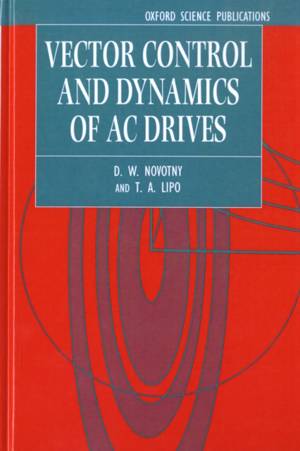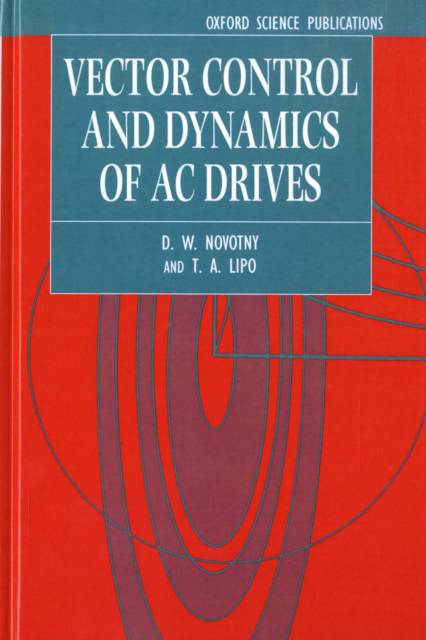
- Afhalen na 1 uur in een winkel met voorraad
- Gratis thuislevering in België vanaf € 30
- Ruim aanbod met 7 miljoen producten
- Afhalen na 1 uur in een winkel met voorraad
- Gratis thuislevering in België vanaf € 30
- Ruim aanbod met 7 miljoen producten
Zoeken
Omschrijving
This book presents a detailed but easily understood development of the complex variable form of the equations describing AC machines. These equations are then extended to incorporate inverter models and a number of examples of inverter-machine dynamics are presented. A section on constant speed behaviour includes development of the conventional equivalent circuits and an extensive treatment of the constant speed eigenvalues and switching transients. Vector control and field orientation concepts are first introduced in terms of their steady state properties. This allows anyone with a basic understanding of steady state machine behaviour to understand and appreciate the potential of field orientation and to actually start using the book immediately. This is followed by a full dynamic analysis of vector controlled systems including conventional indirect and direct field orientation and less conventional systems that orient to air gap or stator flux rather than rotor flux. A chapter on the important types of current regulators is also included. The final two chapters deal with vector control and field orientation system performance in relation to tuning errors, saturation effects, selection of flux levels to optimize performance and the question of optimization in the field weakening mode.
Specificaties
Betrokkenen
- Auteur(s):
- Uitgeverij:
Inhoud
- Aantal bladzijden:
- 464
- Taal:
- Engels
- Reeks:
- Reeksnummer:
- nr. 41
Eigenschappen
- Productcode (EAN):
- 9780198564393
- Verschijningsdatum:
- 26/09/1996
- Uitvoering:
- Hardcover
- Formaat:
- Genaaid
- Afmetingen:
- 163 mm x 241 mm
- Gewicht:
- 830 g

Alleen bij Standaard Boekhandel
+ 1192 punten op je klantenkaart van Standaard Boekhandel
Beoordelingen
We publiceren alleen reviews die voldoen aan de voorwaarden voor reviews. Bekijk onze voorwaarden voor reviews.








